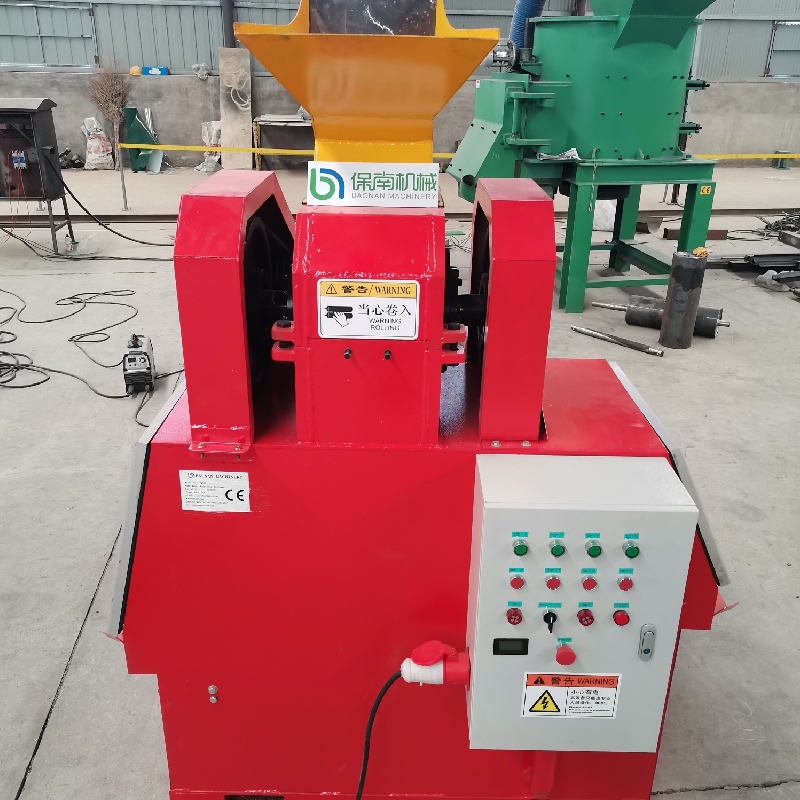Recycling printed circuit boards (PCBs) is a critical component in the sustainable management of electronic waste. With the rise of electronic devices, the accumulation of e-waste has become a significant environmental challenge, underscoring the need to proficiently recycle PCBs, which are found in almost every electronic device. This process not only conserves resources but also prevents the hazardous effects of chemical components used in PCBs from affecting ecosystems and human health.

PCBs contain various metals, including copper, gold, silver, and palladium, which can be extracted and reused. The recycling process typically involves several steps, beginning with the collection and sorting of PCB waste. Unlike other types of e-waste, PCBs need to be carefully handled due to the intricate layers and valuable non-metallic materials.
The first step in PCB recycling is the disassembly of electronic devices to separate the PCB from other components. This process is labor-intensive and requires skilled personnel to identify and recover valuable components without causing damage. Disassembly may include unscrewing casings, cutting connectors, and removing heat sinks or other attachments.

Once the PCBs are isolated, they undergo a manual or automated size reduction process. Shredding the boards into smaller pieces enhances the efficiency of subsequent processing steps. After shredding, the material is subjected to separation techniques such as magnetic separation, eddy current separation, and air classification to segregate metallic from non-metallic materials.
A crucial stage in PCB recycling is the pyrolysis or chemical processing where the material is treated at high temperatures without oxygen.
Pyrolysis degrades the organic resins and facilitates the extraction of metals. Alternatively, hydrometallurgical processes involve the use of acid or alkaline solutions to dissolve metal components, which are then recovered through electrowinning or other precipitation methods. These methods are preferred for their ability to selectively extract individual metals with minimal environmental impact.
how to recycle pcb
Technological advancements have introduced more efficient, environmentally friendly techniques, such as bioleaching, which employs microbial ecosystems to recover metals from e-waste. This method reduces the environmental burden and lowers carbon emissions associated with traditional methods.
PCB recycling demands adherence to regulatory guidelines to ensure environmental safety and compliance. Organizations like the EPA (Environmental Protection Agency) and equivalent bodies globally enforce strict regulations on e-waste handling and recycling, underscoring the importance of following these practices for both corporate responsibility and legal compliance.
The responsibility of recycling PCBs doesn't just lie with recycling agencies but extends to manufacturers who are increasingly adopting sustainable design practices. Designing products with recycling in mind — such as reducing the number of materials used and simplifying disassembly — enhances the recyclability of PCBs. This shift towards a circular economy not only benefits the environment but also creates economic opportunities by reducing raw material costs and resource dependency.
In summary, as technology evolves, the methods for recycling PCBs must also advance. It is vital for the industry to incorporate innovative solutions that minimize environmental impact while maximizing the recovery of valuable resources. Through concerted efforts in the recycling process, technological innovation, and adherence to regulations, the PCB recycling industry can contribute significantly to sustainable development and resource conservation.


